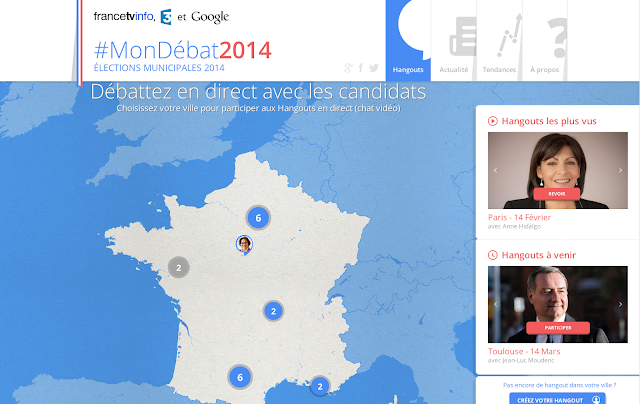Our indoor Street View images feature exquisite detail and allow anyone in the world to tour 11 floors (and 3.7km!) of the Palais Garnier. You can now experience virtually what it’s like to be on stage, backstage, in the rehearsal rooms, the costume room, a hidden lake or even on the roof of the Opéra building, overlooking Paris’ skyline!
View Larger Map
View from the stage (Mezzanine and Orchestra)
View Larger Map
View of the “Grand Foyer”
View Larger Map
View of the ground floor main staircase and “Grand Véstibule”
View Larger Map
View from the “4ème loges”
In our second installment from the Paris Opéra House, we bring you what we think might be the world's first multi-billion pixel image of a ceiling - it's certainly the first one to be captured by our team!
Marc Chagall’s masterpiece in the Opéra Garnier in Paris sits 18 meters above the auditorium seating, with specific light conditions and a concave shape, making it one of our biggest technical challenges to date.
In his riotously colourful modernist work, Chagall pays tribute to the composers Mozart, Wagner, Mussorgsky, Berlioz and Ravel, as well as to famous actors and dancers. And if you look carefully you might even be able to spot famous characters such as Carmen, or the discreet signature of the artist, 18 metres from the ground.
Finally, the Opéra has produced an online exhibition called Le Chemin des Etoiles, with portrait photos and information about more than 80 of its star dancers over the last 74 years.
